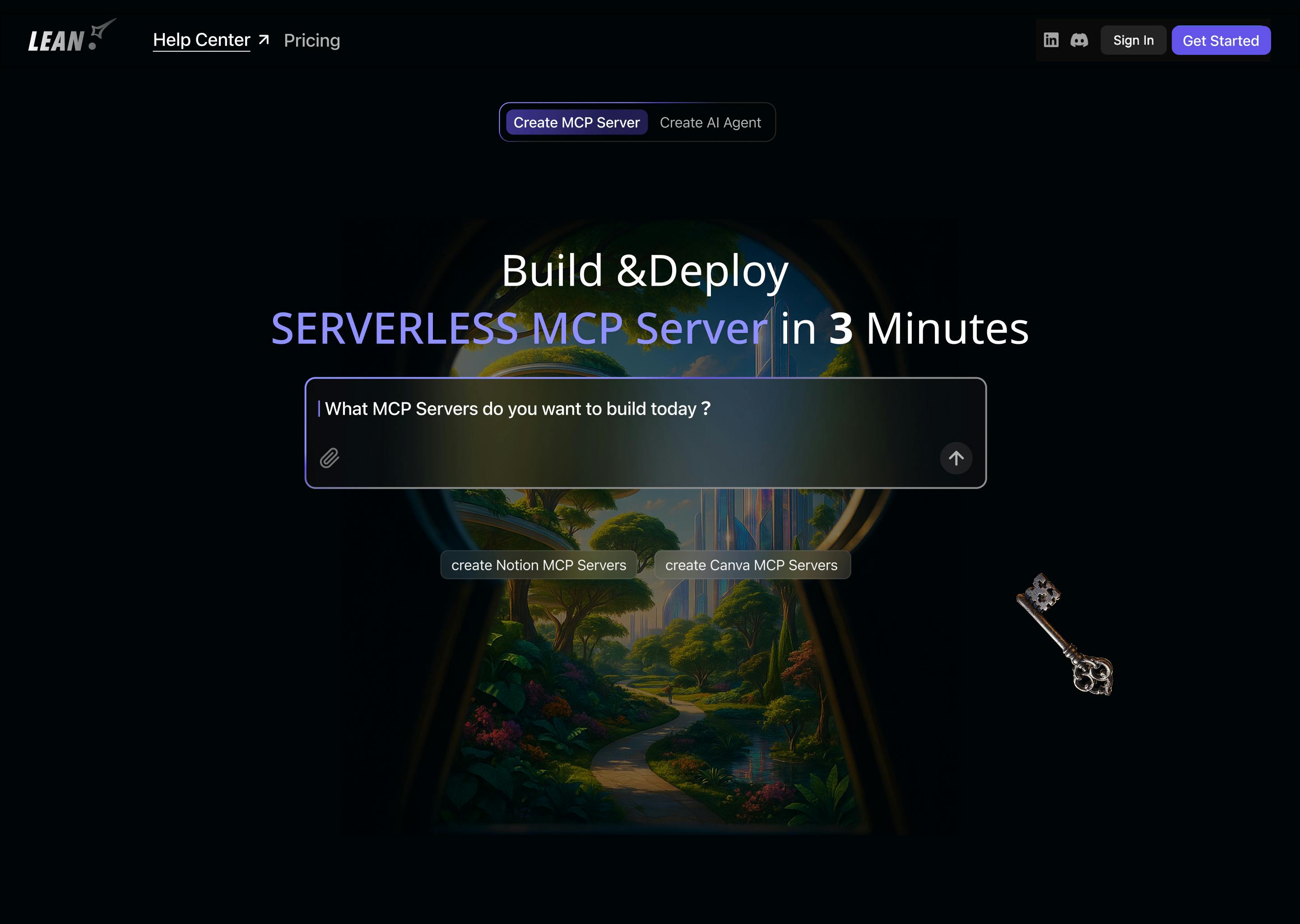How designing emotion-first products led me to the invisible architecture behind intelligent systems
AI lacks beauty—and users are starting to notice.
AI has outperformed human intelligence in many domains: code, math, logic. But it still stumbles on one frontier — aesthetics.
AI-generated interfaces often feel soulless. Repetitive layouts. Bland colors. No rhythm. No surprise. It’s like a factory of clones — functional, but forgettable.
Take tools like Lovable, which aim to generate emotionally intelligent UI. While promising in theory, many of the results still fall into predictable, lifeless patterns. Slightly better, but rarely delightful.
Why? Because beauty — especially emotional resonance — requires more than pattern recognition. It needs rhythm, contrast, surprise. It needs design.
What designers do best.
Design isn’t decoration. It’s the choreography of user emotion. It’s how we build momentum, signal hierarchy, or craft those tiny “ aha” moments that make software feel alive.
Think about how Notion reveals hidden options at the perfect time. Or how Slack’s micro-animations soften the edges of productivity. These aren't features — they’re emotional arcs. AI doesn’t understand arcs. It understands patterns.
That’s why designers are needed not just on the surface — but at the infrastructure layer.
From hardware to pixels to invisible systems.
I studied industrial design. I was obsessed with touch, form, and material. Later, I fell in love with UI — those tiny interface moments that could spark joy.
But I also couldn’t stop hacking: Arduino, gesture-recognition, origami robots, TinyML. I taught myself machine learning not to become an engineer — but to build ideas I couldn’t shake.
And through that, I realized: designers think like ML systems already do.
We see patterns, clusters, abstractions. We think in multi-dimensional layouts and interaction systems — not just screens. As Bret Victor wrote in The Ladder of Abstraction, understanding comes from seeing across layers. That’s what we do best.
So, instead of stopping at the UI, I decided to go deeper — into the layer where AI systems are shaped.
Why I chose to build AI infra (and not another app).
Last year, I started building AI agents. Demos came quickly — but scaling them into real products? That was a different story.
APIs. Toolchains. Auth layers. Orchestration. Monitoring. It was all… fragmented.
That’s why I co-founded LeanMCP with my technical partner Dheeraj Pai. He saw the technical opportunity. I saw the design gap.
What if non-developers could build intelligent systems without touching a line of backend code?
LeanMCP lets anyone — not just engineers — compose powerful AI agents using modular building blocks - MCP.
But infrastructure isn’t just code. It’s also:
- User comprehension: Can I understand what’s running?
- Debugging loops: Can I trust what it’s doing?
- Interaction feedback: Does the system feel legible and responsive?
These are design challenges. That’s why I shape not just the UI — but the entire agent-building mental model.
We’re not just building infra. We’re productizing it for human creativity.
Infra is the new interface.
Too often, infra is seen as invisible, untouchable, or irrelevant to users. But in the AI era, infra is the interface.
It’s where ideas turn into tools.
As more people build their own AI agents, infra needs to become:
- Intuitive, not arcane
- Modular, not brittle
- Expressive, not limiting
PS — We’re building open infra at LeanMCP.
- 5K+ users
- 500+ MCP Servers deployed
- And growing fast.
Come jam with us — or shape your own agent from scratch.


